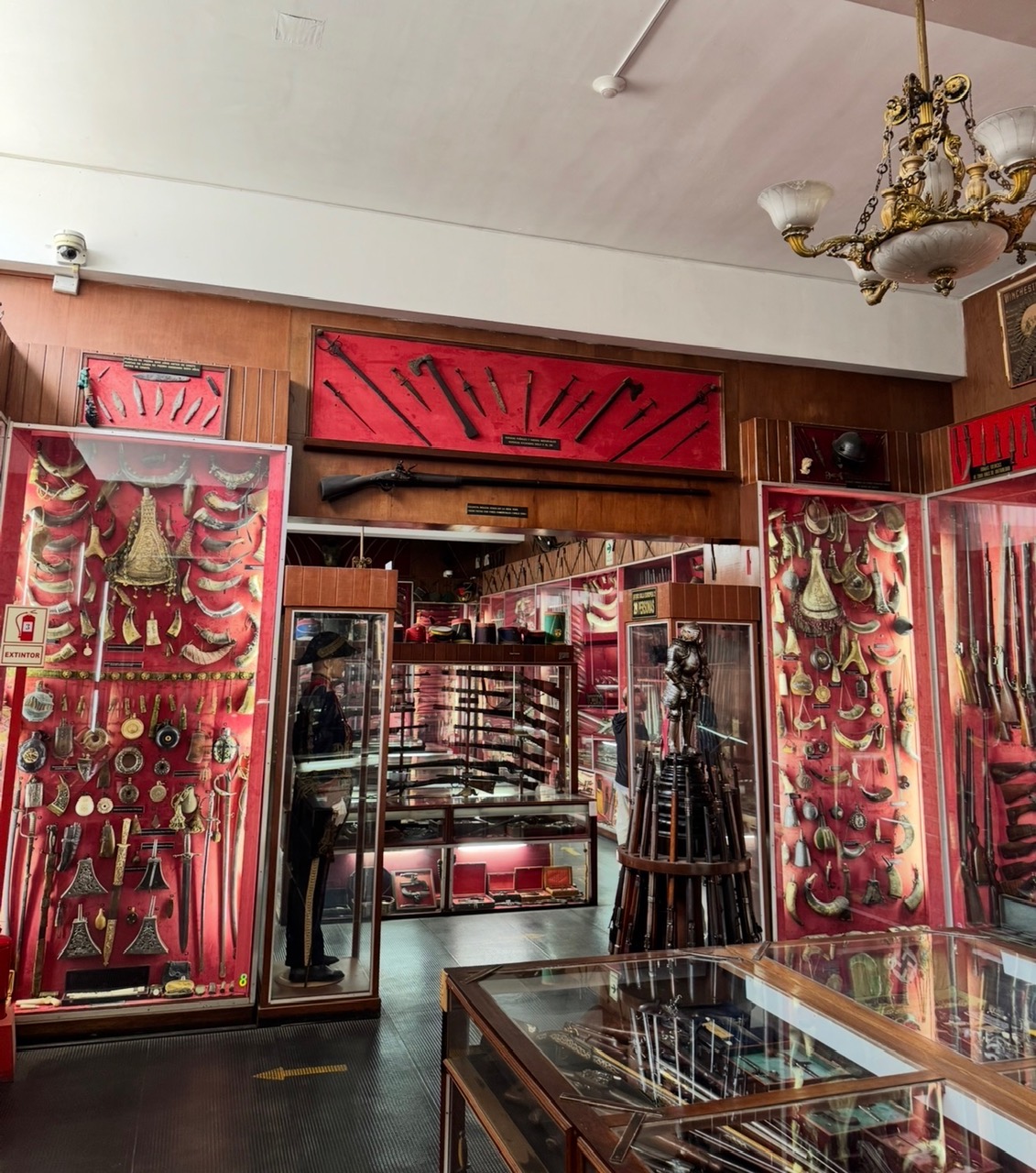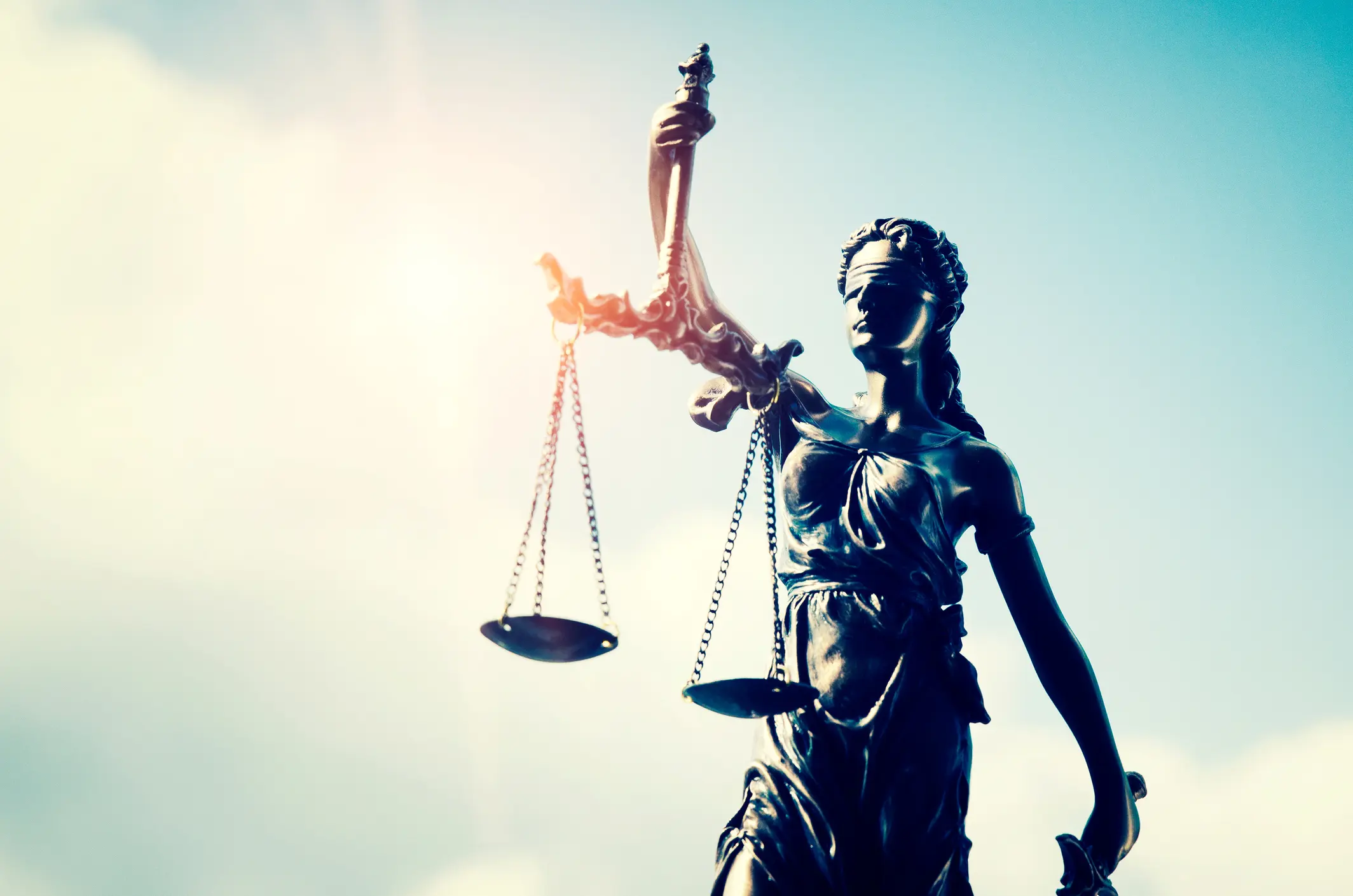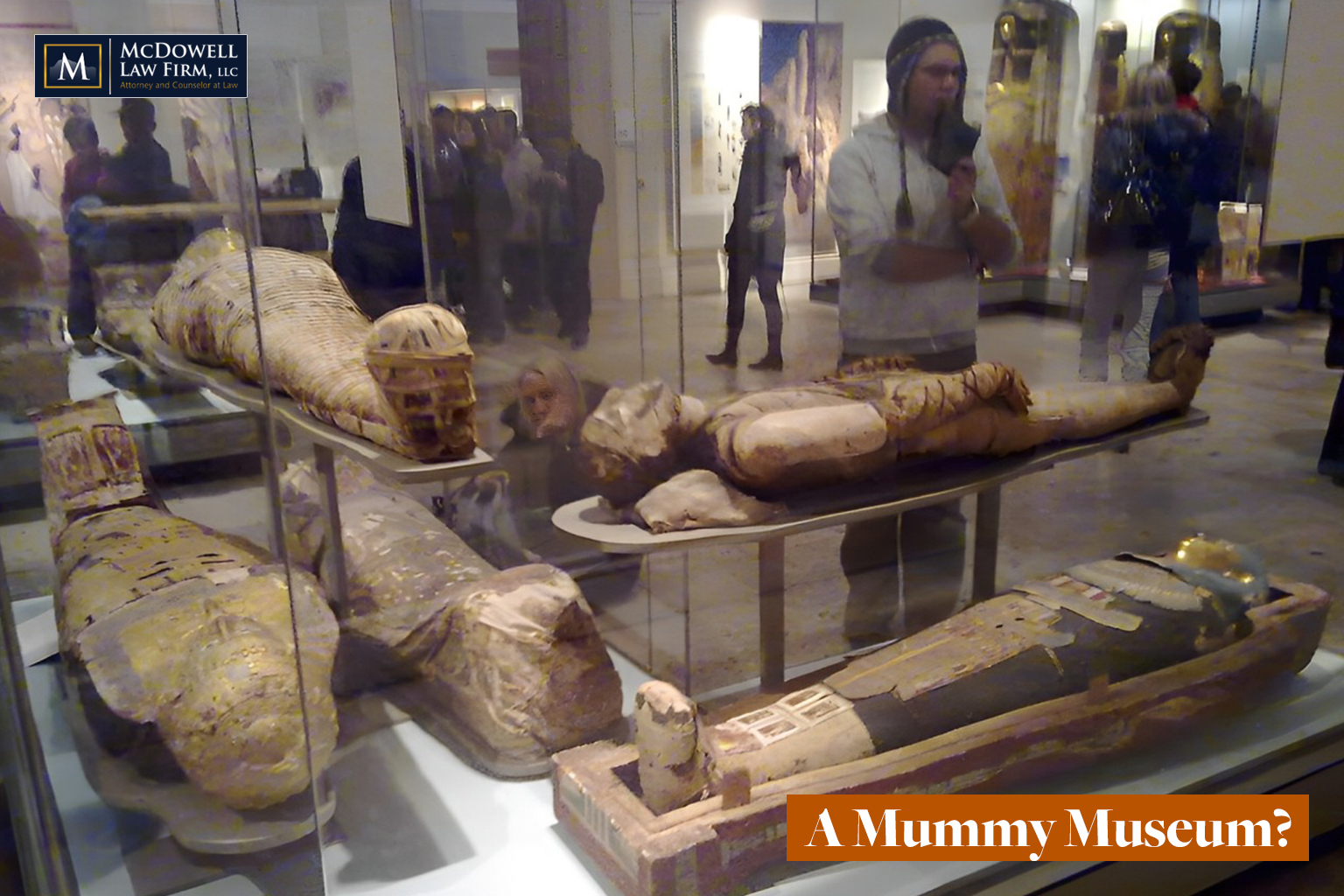Relics in the cave
The story of the tridactyl mummies has all the ingredients of a pulpy page turner. The cast of characters is an unlikely international coalition of treasure hunters, profiteers, oligarchs, filmmakers, graverobbers, doctors and journalists. All of them seem to have their “pet theory” about the origin and nature of the bodies. What they are, and how they ended up in a dusty cave, undisturbed for centuries.
In this post I don’t want to focus on the mummies themselves, but what was allegedly found WITH the mummies. You guessed it, ancient artifacts and insectoids! Now, some may say, the bodies dubbed “insectoids” are mummies too-and you have a point, but I want to introduce them today. I’ll give them their own post later I’m sure. “Insectoids” is not my term, but how I’ve seen them named in other locations, so I’ll use the term in this post to differentiate the body types of these specimens.
Here are pictures of the two examples of “insectoid” bodies I’m aware of.
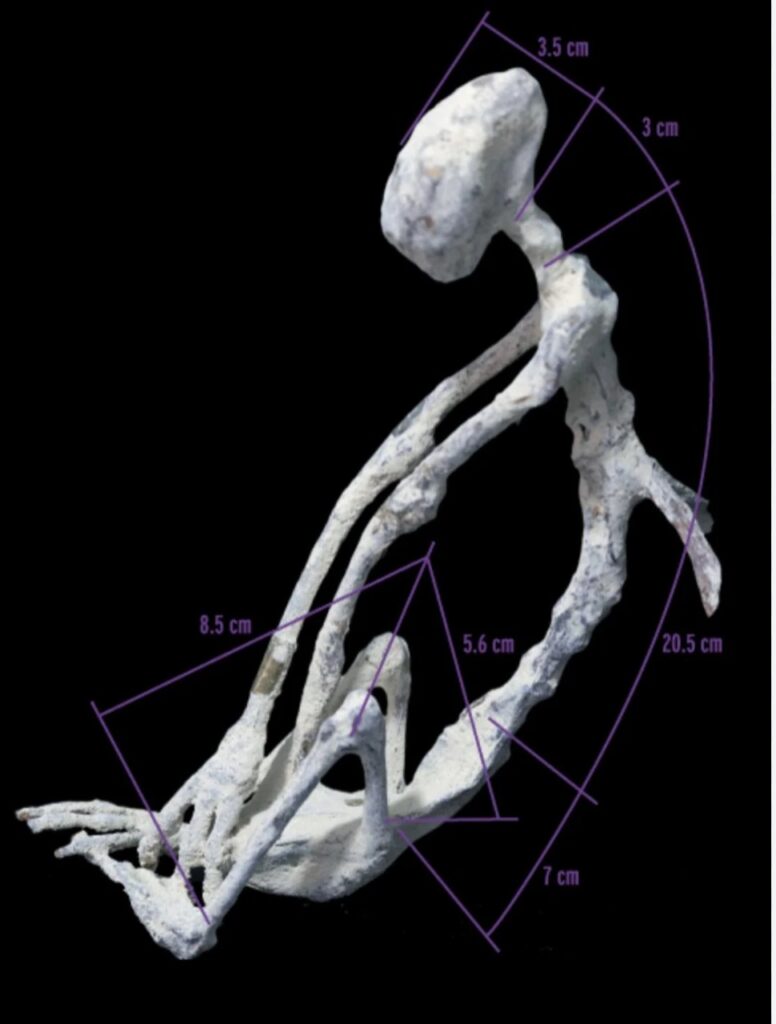
They don’t resemble any known extant species, or anything in the fossil record. These bodies are sui generis. The specimen I have seen is much smaller than all of the other mummy types. It is skinny, tridactyl and WINGED. That is to say, it has two “wing-like” appendages on its back. Maybe they are fins? It certainly would not have the ability to fly.
The man who claims to be the founder of the mummies, “Mario” has stated he also found ritual dolls, many loose mummified hands and feet, carved stone figures, ceramic figurines and small metal plates in the same cave.
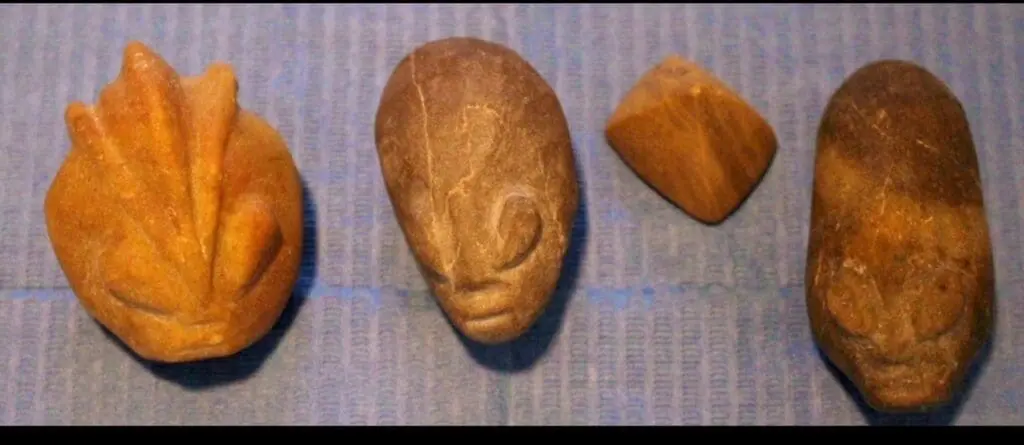
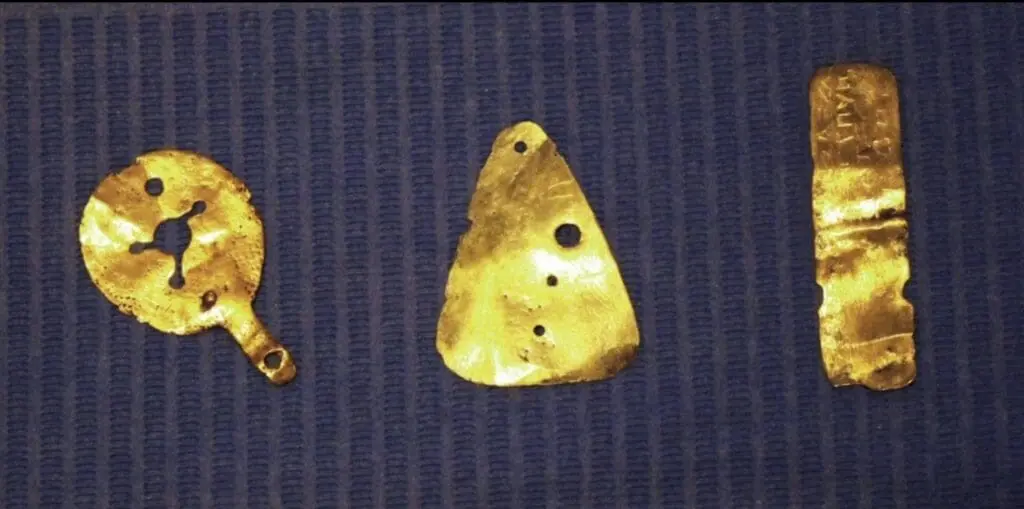
Among the carved stones, we find pyramids, elongated heads and even a figure that bears a striking resemblance to the depictions of the Alien of Varginha with a crested head (and tridactyl hand).
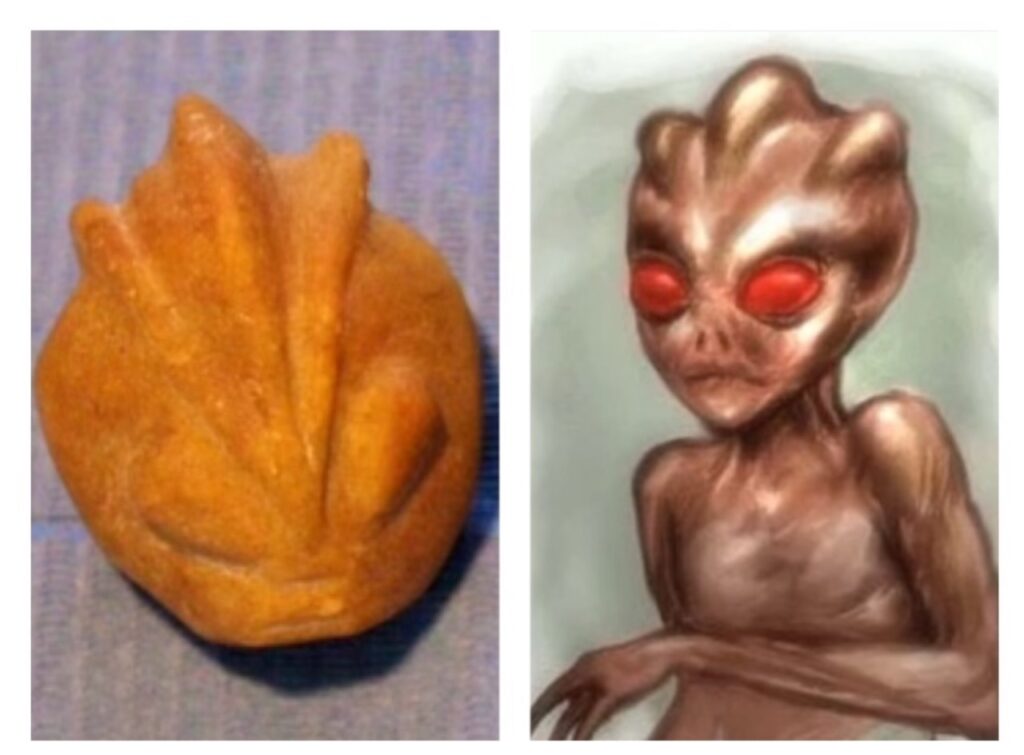
The ceramics, also covered in diatomaceous earth, feature more representations that look like flying saucers, classic alien head depictions, more heads of the Varginha variety, and even what appear to be dinosaurs(?!) During my interview with Mario, I showed him photos of the artifacts shown in this post. He confirmed that the photos are, as we say in the legal biz, “a fair and accurate representation” of what he found in the cave.
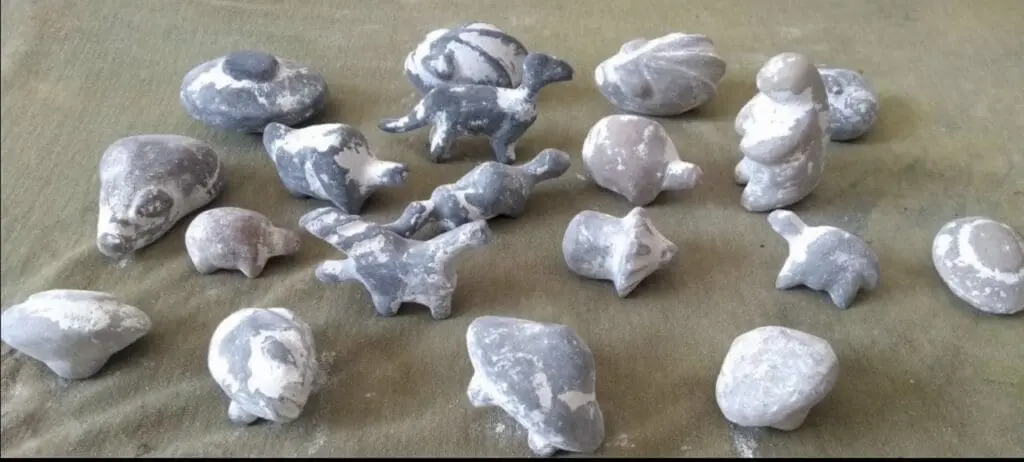
After we examined the tridactyl bodies at the University in Ica, we walked around the corner to wait for our drivers to return us to Lima. We waited in front of the Scientific Museum of Dr. Javier Cabrera. The museum features “knowledge of the other dimension,” but its most famous for its display of the Ica Stones: Andesite stones featuring picaresque scenes of the Jurassic, Cretaceous and the Pleistocene. Sometimes all on one stone.
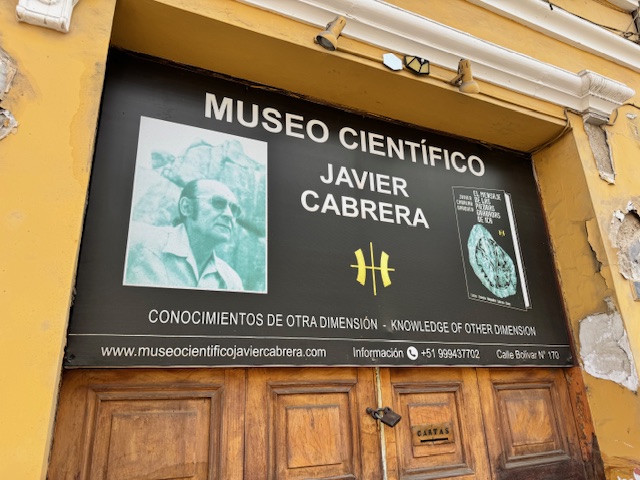
If Southern Peruvian anachronistic dinosaur rock carvings interest you, I’ve been told its worth the price of admission. I was excited to visit, but was informed it was appointment only, and was closed that day. Even the gift shop.
The Ica stones were collected in the 1960’s and 1970’s by Dr. Cabrera, amassing a collection of about 20,000 stones. I have read that some of the Ica stones were collected by 16th Century Conquistadores and are on display in Spanish museums and private collections. I haven’t been able to find any definitive record of that being the case, but would be very interested if any of my readers are aware of any examples. Drop me an email or message me on X/Twitter.
Most, if not all, of the stones in Cabrera’s collection are widely considered to be modern forgeries. Likely made by local artists selling them to a gullible doctor who treated the stones like Pokemon cards in that he had to catch them all.
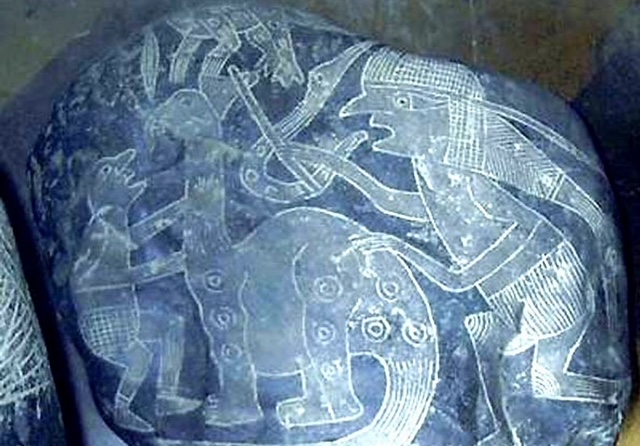
What then are we to make of the seemingly anachronistic artifacts confirmed by Mario to have been in the cave upon its discovery? Were these relics made by the ancient inhabitants of the region? Placed there by someone else? Are they something surreptitiously added on by Mario to sell to buyers who couldn’t shell out the big bucks for a mummy, but still want a piece of history?
These artifacts and insectoids are inextricably linked to the discovery of the tridactyls by Mario’s own testimony. They form an important part of the history of their discovery, and as I said in my last post: In cultures without a written language, the imagery and artistry they leave behind is the best way to understand what they value.
Maybe we will find evidence of a contemporary written language. The photo of the metal plates does show some etching on the first piece on the right that could represent writing. For now, we just have the artifacts themselves and Mario’s word that they were found together.
I do briefly want to share some of the “BIG” news from my interview with Mario that I alluded to in an earlier post. I’m still trying to get some collaborative information from another source before I write a post dedicated to the topic. However, there are two novel pieces of information that Mario shared with me that I haven’t come across in my other research.
First, where do the bodies keep coming from? If the cave has been empty for years, where have the mummy “Montserrat” (and others) been during this time?
Secondly, he confirmed that there is another type of mummy that is VERY different from what has been previously examined and shown to the public.
And I’ve seen a photo.
In other mummy news….
My favorite part of my journey into researching the Nazca mummies is the people I’ve met over the last few months. I just got off the phone with my new friend Martín Achirica, the author of the soon-to-be-released book, Expediente Abierto, or in English, Open File: The Whole Truth About the Non-human Bodies of Nazca. The book will be released on May 30, and I’ll share a link when it does.
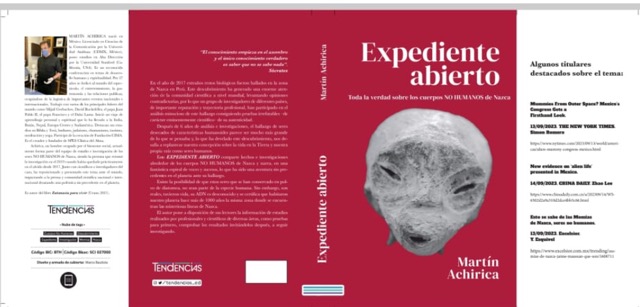
Martín has been studying this case for years and has shared a lot of background and insights with me on what he’s learned during his time investigating the mummies. I’m sure I’ll learn a lot from reading his experiences in the book.
Martín, like so many other people I’ve had the good fortune to meet recently, seem to have a couple of character traits in common: an open mind and curiosity. The people I’ve met during my brief investigation are eager to share their experiences, and I love to hear them too. I want to know all about their involvement, their thoughts, theories, and most importantly the history of their involvement with the mummies. By the very nature of the events surrounding their discovery and subsequent appearance in the public eye, the complete truth regarding their history may never be told. I suspect much of the story will remain an oral tradition that passes away when the witnesses do. From what I’ve seen, there are forces at play that don’t want the story to live on.
The people who know where the bodies are buried, so to speak, have proven to be rather elusive in word and deed.
As I discussed in an earlier blog, these personal experiences are the key to understanding the tridactyl mummy affair. When I’ve read about the mummies in the limited U.S. news sources, Reddit or on X, much of the conversation revolves around whether they are real, or fake, or what has and hasn’t been debunked. Whether a certain skeptical perspective has been dismissed by other experts, or a certain theory had “re-bunked the debunk”, (or something similar) and I’m not sure what that means. But I think dialogue is healthy. Speaking of, the Latin American new outlets have done a much better job at covering this story than the U.S. media. I was surprised to see photos I took being used on a Globo news article from Brazil. Fingers crossed for a Pulitzer nomination…
An independent and thorough forensic examination of the mummies is an essential part of the case to answer many of the nagging questions about their nature. It will give clarity to the People of Peru, the Ministry of Culture, and to other interested parties. Once the examination is complete and findings are published, it should provide some answers to determine the next steps for the mummies. My personal hope is that we can collaborate with Peruvian doctors and/or a University that has the resources to study them properly. The idea from the start was to provide support, and to consult on ways a study could proceed. Not to take over the examination. Keep in mind, these types of studies are lengthy and expensive. The U.S. doctors that came on our trip have said they are willing to help as they are able, and circumstances allow.
There are many political issues and real world hurdles that would have to be addressed before the mummies could be studied in an optimal manner. I remain an optimist, but also a realist.

